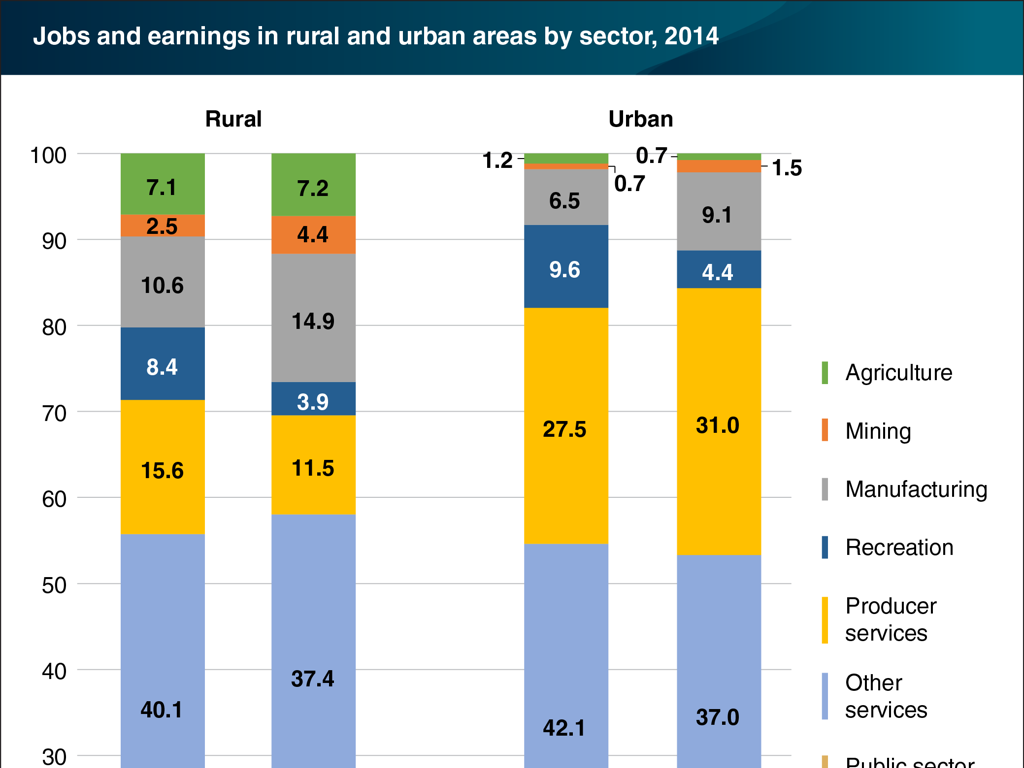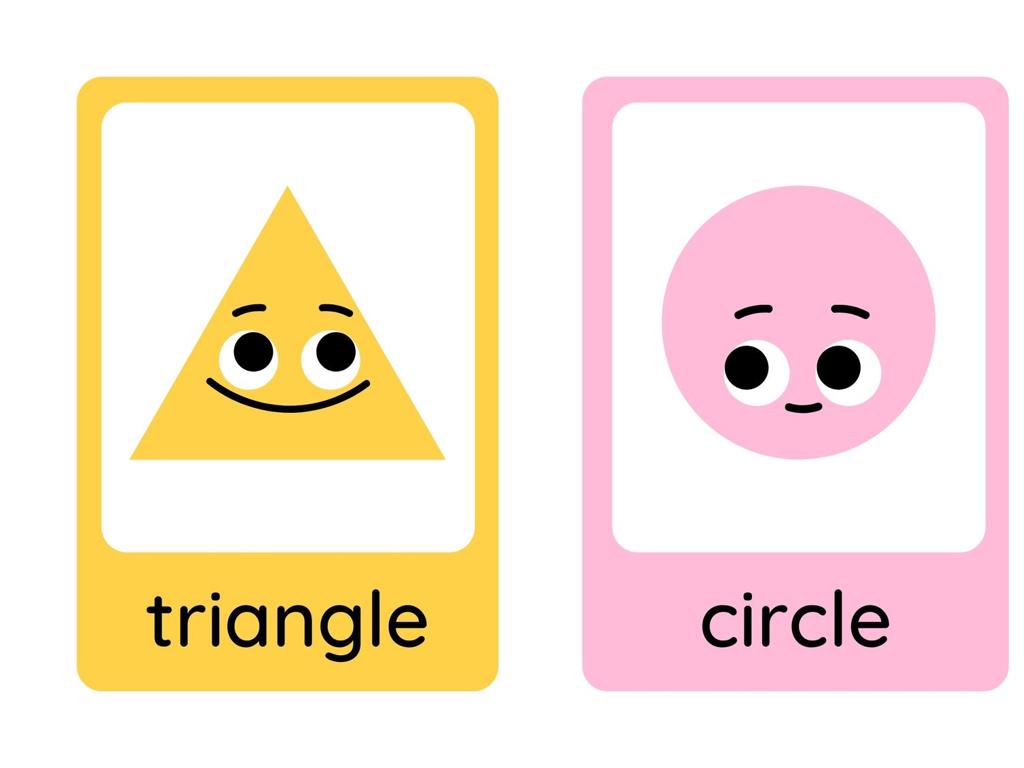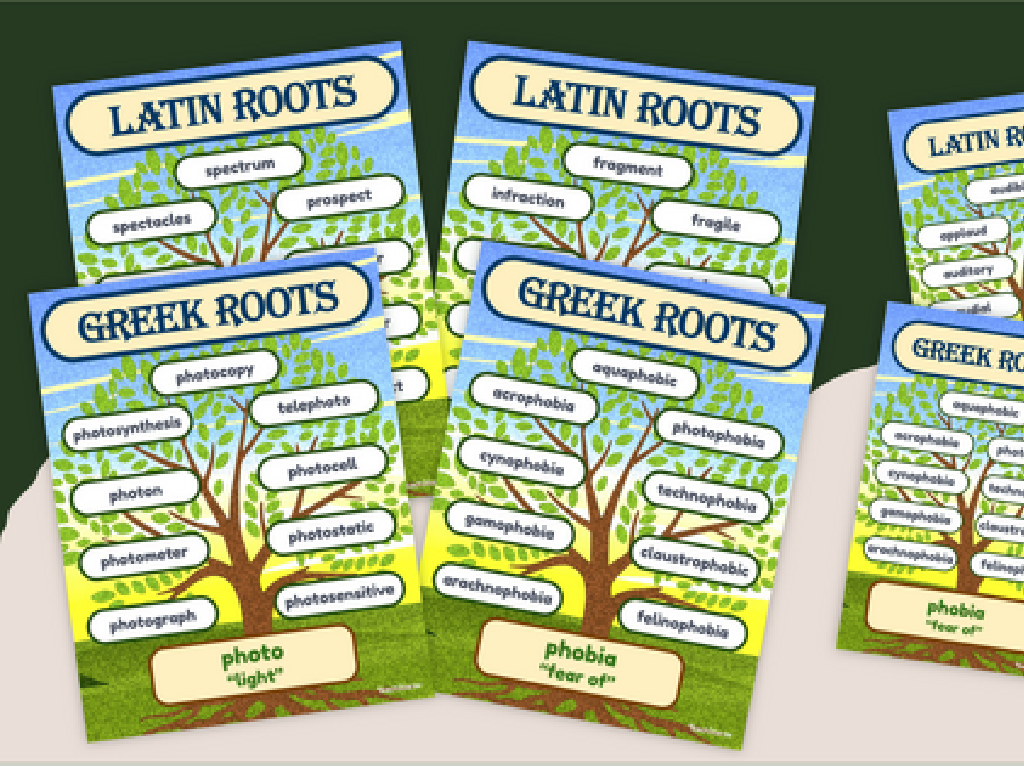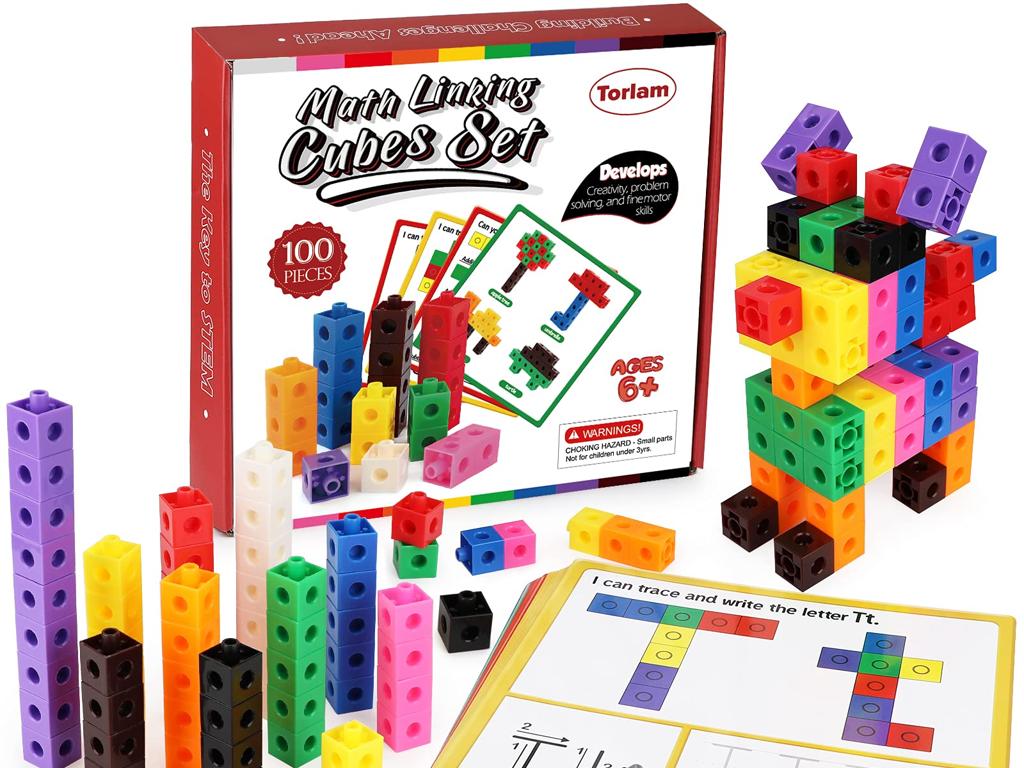Classify Fruits And Vegetables As Plant Parts
Subject: Science
Grade: Fifth grade
Topic: Plants
Please LOG IN to download the presentation. Access is available to registered users only.
View More Content
Plant Parts: Fruits & Vegetables
– Explore the world of plants
– Fruits & Vegetables: A closer look
– Fruits have seeds inside; vegetables are other plant parts
– Plants: More than just food
– Plants provide oxygen, medicine, and habitats
– Discover different plant parts
– Roots, stems, leaves, flowers, fruits, seeds
|
This slide introduces students to the diverse roles plants play in our ecosystem, beyond being just food. It sets the stage for understanding that fruits and vegetables are actually different parts of a plant. Fruits are the mature ovary of a flower and contain seeds, while vegetables can be roots, stems, leaves, or other edible parts of a plant that do not contain seeds. Emphasize the importance of plants in providing oxygen, medicine, and habitats for other organisms. Encourage students to think about the various plant parts they eat and how each part helps the plant survive and reproduce. This will lay the groundwork for learning how to classify fruits and vegetables based on the plant parts they represent.
What Makes a Plant? Exploring Plant Parts
– Discover the Plant Kingdom
– Parts of a plant: roots to seeds
– Roots absorb, stem supports, leaves photosynthesize, flowers attract, fruits protect seeds
– Each part’s role in survival
– Roots anchor and absorb nutrients, leaves make food, flowers reproduce, fruits and seeds continue the cycle
– Fruits and vegetables as plant parts
– Identify common fruits and vegetables and which plant part they are
|
This slide introduces students to the basics of botany, focusing on the different parts of a plant and their functions. It’s crucial for students to understand that each part of a plant has a specific role that contributes to the plant’s overall survival and growth. Roots anchor the plant and take up water and nutrients; stems provide support; leaves are the site of photosynthesis; flowers are involved in reproduction; fruits protect the developing seeds; and seeds are the means by which a plant species propagates. By classifying fruits and vegetables according to the plant parts they represent, students will gain a practical understanding of plant biology. Encourage students to bring in examples of fruits and vegetables and discuss as a class which part of the plant they represent.
Fruits vs. Vegetables: Exploring Plant Parts
– What defines a fruit?
– Fruits develop from the flower of a plant and contain seeds.
– Fruits: Nature’s seed containers
– Examples: Apples, tomatoes, and berries all carry seeds within.
– Vegetables: Beyond the seeds
– Vegetables can be roots, stems, leaves, etc., without seeds.
– Classifying fruits and vegetables
– Learn to distinguish them by their plant part and function.
|
This slide aims to clarify the botanical definitions of fruits and vegetables for fifth-grade students. Fruits are the mature ovary of a flower and typically contain seeds. Use everyday examples like apples or tomatoes to illustrate this concept. Vegetables, on the other hand, encompass all other edible parts of the plant such as roots (carrots), stems (celery), and leaves (lettuce). Encourage students to think about various fruits and vegetables and what parts of the plant they come from. This will help them understand how to classify them correctly and appreciate the diversity of plant-based foods.
Classifying Plant Parts: Fruits vs. Vegetables
– Understand classification challenge
– Fruits vs. vegetables examples
– Some ‘vegetables’ like bell peppers are actually fruits
– Why tomatoes are fruits
– Tomatoes have seeds and develop from the flower, which makes them fruits
– Why cucumbers are fruits
– Like tomatoes, cucumbers have seeds and grow from flowers
|
This slide aims to clarify the common confusion between fruits and vegetables by focusing on their botanical classification. Students will learn that fruits develop from the flower of a plant and contain seeds, while vegetables are other plant parts such as roots, stems, and leaves. Use everyday examples like tomatoes and cucumbers, which are often mistaken for vegetables, to illustrate this concept. Encourage students to think about other examples and discuss why they might be classified as fruits or vegetables. This will help them understand the importance of scientific classification and how it differs from culinary usage.
The Role of Fruits and Vegetables in Plants
– Purpose of fruits in plants
– Fruits protect seeds and help with dispersal.
– From flower to fruit
– Flowers develop into fruits after pollination.
– Vegetables and plant structure
– Vegetables like stems and roots support and feed the plant.
– How fruits and vegetables help plants
– They attract animals for seed spread and provide nutrition.
|
This slide aims to educate students on the importance of fruits and vegetables in the life cycle of plants. Fruits are the mature ovaries of flowers and serve to protect seeds and aid in their dispersal, often through attracting animals with their color and taste. The transformation from flower to fruit is a result of pollination and fertilization. Vegetables, which can be roots, stems, or leaves, play a crucial role in the plant’s structure, stability, and growth by providing nutrients and support. Understanding these roles helps students appreciate the interdependence between plants and their environment. Encourage students to think of examples of fruits and vegetables they eat and what part of the plant they come from.
Nutrition in Fruits and Vegetables
– Fruits & veggies: a nutrient rainbow
– Different colors represent different nutrients
– Vitamins & minerals in our diet
– Essential for growth and health
– Building a balanced plate
– Half your plate should be fruits and vegetables
– The role of plant parts in nutrition
– Roots, stems, leaves, fruits all contribute to our diet
|
This slide aims to educate students on the nutritional value of fruits and vegetables, emphasizing the variety of nutrients they provide, often indicated by their color. Discuss the importance of vitamins and minerals for maintaining good health and how they are abundant in plant-based foods. Teach students how to create a balanced meal by filling half their plate with fruits and vegetables. Explain how different parts of plants (roots like carrots, stems like celery, leaves like spinach, and fruits like apples) are all edible and beneficial. Encourage students to eat a ‘rainbow’ of fruits and vegetables to get a wide range of nutrients.
Activity Time: Classify Your Snack
– Classify fruits & vegetables
– Group sorting activity
– Work together to sort snacks into fruits or vegetables
– Discuss classification reasons
– Why is a tomato a fruit? Discuss within your group
– Present your group’s findings
– Each group will explain their sorting choices
|
This activity is designed to help students apply their knowledge of plant parts by classifying common fruits and vegetables. Divide the class into small groups and provide a variety of fruits and vegetables for them to sort. Encourage them to discuss the characteristics that determine whether their snack is a fruit (contains seeds) or a vegetable (other parts of a plant). After the sorting activity, each group will present their findings to the class, explaining the reasoning behind their classifications. Possible variations of the activity could include using pictures instead of actual produce, or having students bring in their favorite fruit or vegetable from home to classify.
Conclusion: Fruits & Vegetables in Plant Life
– Recap of today’s learning
– We explored different plant parts and their roles.
– Value of fruits and vegetables
– Fruits and veggies are crucial for health and come from various plant parts.
– Open floor for questions
– Engage in a group discussion
– Share thoughts and gain insights from classmates.
|
As we wrap up today’s lesson, we’ll revisit the key points about the roles of different plant parts and specifically how fruits and vegetables fit into the plant life cycle. Emphasize the importance of fruits and vegetables not only in the plant’s life but also as essential components of a healthy diet. Encourage students to ask any lingering questions they might have and to discuss what they’ve learned. This is an opportunity to assess understanding and to foster a collaborative learning environment where students can learn from each other’s insights and curiosities.






